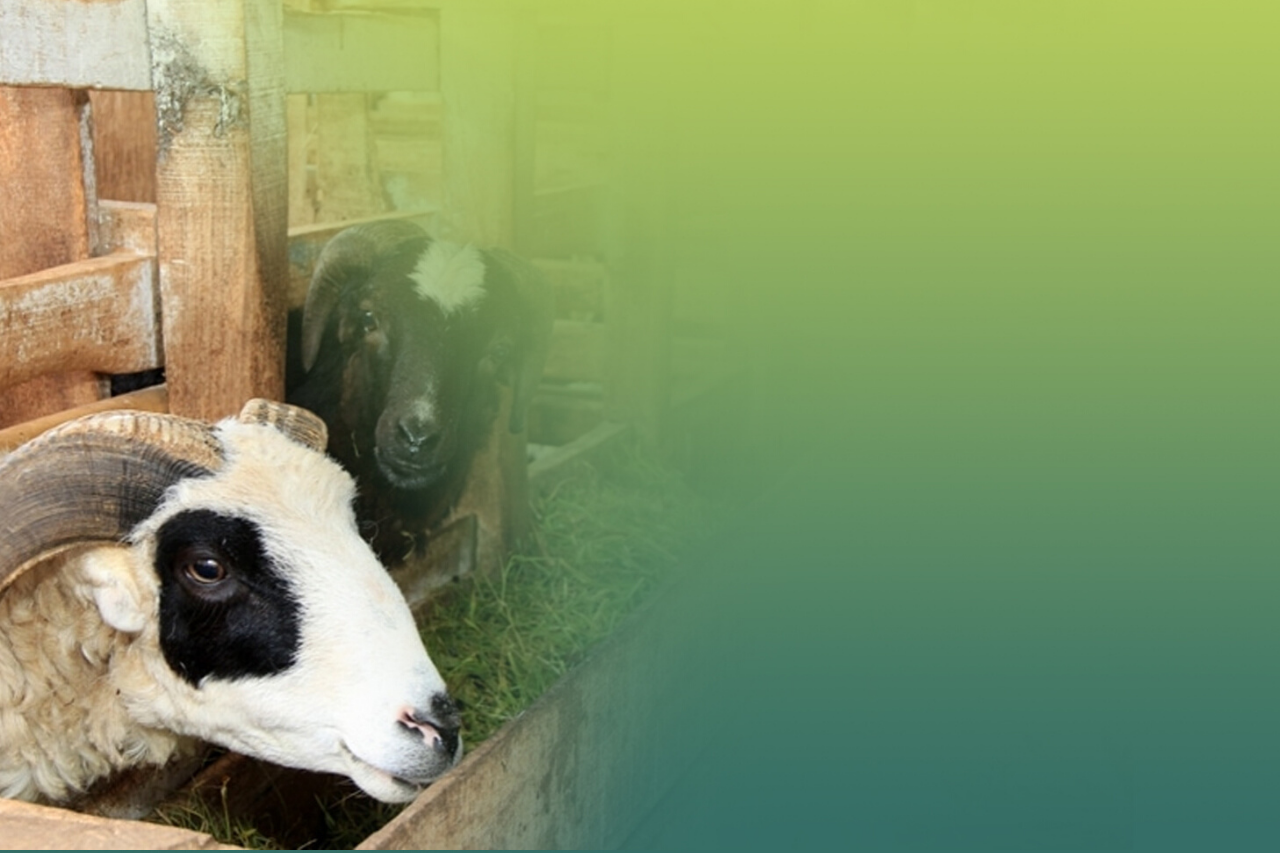The 10th of Dhu al-Hijja is fast approaching. Eid-ul-Adha is just around the corner. Some Muslims who can afford it are competing to choose the best qurbani animal. If you have prepared everything well, don’t forget to observe the Sunnahs of sacrifice. Among the Sunnahs before the day of slaughtering the sacrificial animals is not to cut the nails and hair. In addition, there are many other Sunnahs of slaughtering qurbani animals that, if done, will increase the reward and make the qurbani service more perfect.
What are the Sunnahs of slaughtering qurbani animals? Check out the details and explanations below.

Read also: Sacrifice (Qurban) in Dompet Dhuafa, Why Not?
Sunnah of Slaughtering Qurbani
Quoting the book Seputar Kurban, here are the details of the Sunnah of slaughtering qurbani taken from the Prophet’s hadith, along with the information of the scholars:
- The sacrificer or slaughterer must be pure. Purity here means physical purity, which includes the cleanliness of the body. The sacrificer or
The sacrificer or slaughterer must be free from mutanajis, impurities, and hadas. This includes not being junub. - The place where the sacrificial animal is slaughtered should be free from dirt.
- Be gentle with the sacrificial animal. This means that the slaughterer or the sacrificer must not act harshly towards the sacrificial animal. For example, do not for example, not pulling it roughly, let alone beating it.
- Giving the sacrificial animal a drink before it is slaughtered. This is done with the aim of applying al-ihsan (doing good/ethics) taught by the Prophet (PBUH) regarding slaughter. taught by the Prophet (PBUH) regarding slaughter.
- Facing the sacrificial animal to be slaughtered towards the Qiblah.
When about to slaughter the sacrificial animal, the slaughterer or the sacrificer should recite the salawat:
Allahumma shalli ‘ala sayyidina Muhammadin wa ‘ala alihi wa sahbihi wa sallam. Bismillah wallahu akbar. Allahumma minka wa ilaika …
After slaughtering, recite this supplication:
Allahumma taqabbal minni
Meaning: “O Allah, accept my sacrifice.”
If the act of slaughtering is represented by another person, then the slaughterer recites the supplication followed by the name of the sacrificer, such as:
Allahumma taqabbal min fulan …
This means: “O Allah, accept this sacrifice from so-and-so.”
- Not cutting the nails or hair. This Sunnah is done after the first of Dhu’l-Hijja until the sacrificial animal has been slaughtered.
This is in accordance with the Prophet’s words narrated by Umm Salamah (radhiyallahu’anhu):“When the month of Dhu’l-Hijja comes and one of you wants to sacrifice, then he should not cut any part of his hair or nails.”
(HR Muslim)The wisdom of not cutting the nails and hair according to some scholars is twofold:
– So that the body of the person who is sacrificing remains complete, so that he can be exempted from Hellfire.
– Letting the hair and nails remain and be cut off with the sacrifice, so that they become part of the sacrifice in the sight of Allah. - Slaughtering the sacrificial animal oneself for those who are able to.
- Sharpening the knife used to slaughter the sacrificial animal
- Speeding up the slaughter. The purpose of this Sunnah is so that the sacrificial animal does not feel pain for too long.
- Reciting takbir during the slaughtering procession.
- Slaughtering the animal in front of many people, so that many people will pray for the animal and witness the sacrifice.
- For the sacrificer, take the meat of the sacrificed animal even if it is small, as long as the sacrifice is not for a vow or ta’yin.
Read also: THK 2024 will reach Kei Island, Maluku

Slaughtering Qurbani according to the example of the Prophet Muhammad SAW
Reference to the custom of slaughtering sacrificial animals can be taken from the hadith of the Prophet Muhammad, narrated by Syaddad bin Aus (may Allah be pleased with him).
“Verily, Allah has enjoined good behavior in all things. So when you kill (that which is lawful to kill) kill in a good way and when you slaughter do it in a good way, sharpen the knife, calm the slaughtered animal.” (HR Ahmad, Muslim, Abu Dawud, Tirmidhi, Nasa’i, Ibn Majah)
Through the above Hadith, the Prophet reminds his followers that in slaughtering animals for consumption, people must act in a good manner and pay attention to the welfare of the sacrificial animals. It is important for a Muslim to treat animals with respect and kindness. The Prophet also warned that the tools used for the slaughter procession should be sharp. Thus, the slaughtering process runs quickly and accelerates the pain felt by the sacrificial animals.
More broadly, the hadith also teaches Muslims that every activity we carry out must be carried out with full awareness and a sense of responsibility to Allah SWT.
Read also: THK Moves People’s Livestock with 3 Sure Things
Qurbani with Dompet Dhuafa
In the Tebar Hewan Kurban (THK) Program 1445 H/2024 M, Dompet Dhuafa provides 3 definite services, namely Definitely Male, Definitely Pass Quality Control (QC), and Definitely Distribution to Remote Areas of the Country. This is Dompet Dhuafa’s commitment in equalizing the consumption of sacrificial meat in areas that still lack sacrificial animals every year.
Furthermore, Dompet Dhuafa also makes various efforts to distribute qurbani meat to Palestine. As we know, our brothers and sisters in Palestine are being colonized by Israel. They are suffering from extreme hunger. For this reason, Dompet Dhuafa will send qurbani meat to Palestine in packaged form, whose animals are slaughtered in Brazil. (RQA)




